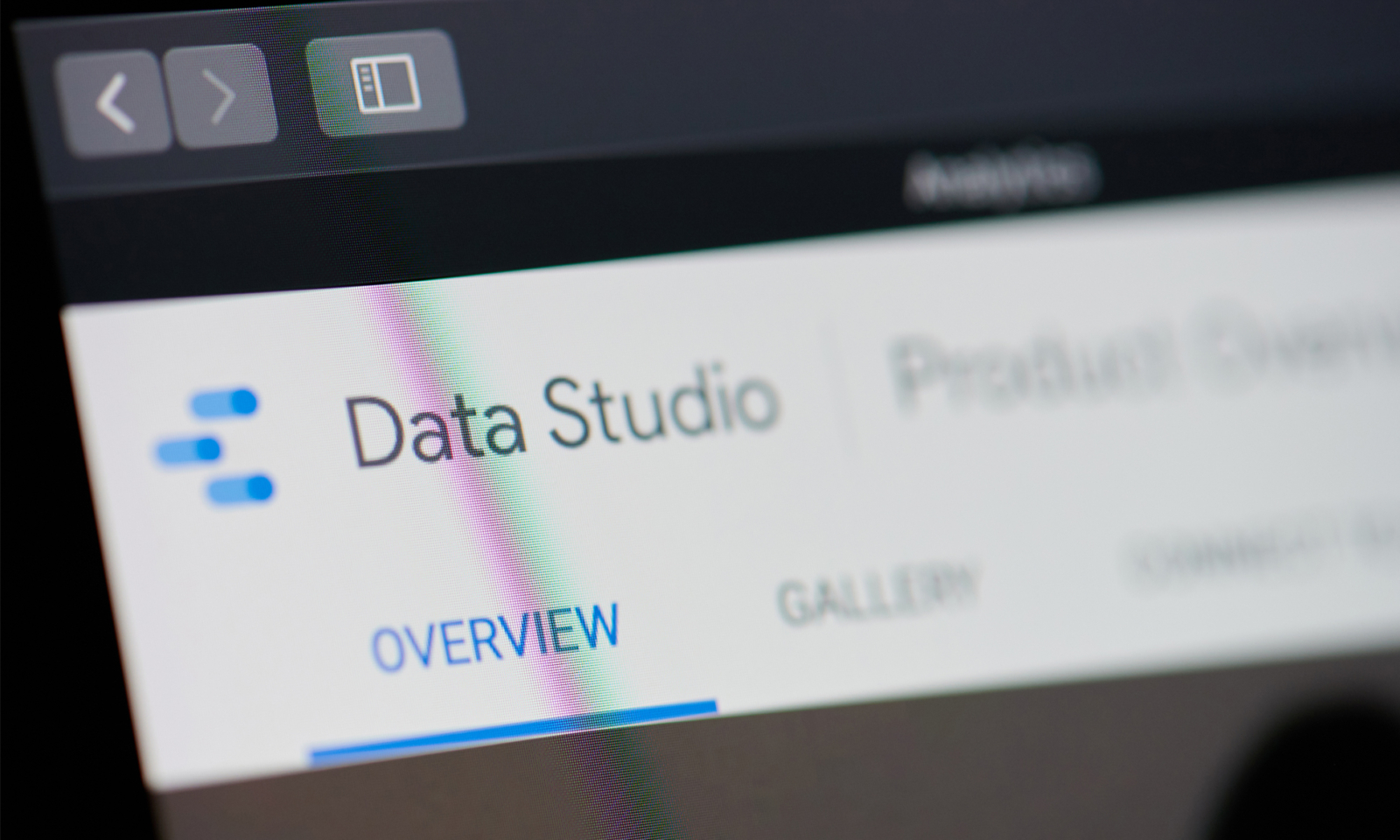Shopify is undeniably one of the most popular ecommerce platforms around. From access to 1000s of intuitive apps, to a truly user friendly interface and the ability to handle huge transaction volumes, there is much to be applauded when it comes to Shopify.
But perhaps one of the most underrated aspects of Shopify is its reporting abilities. In this post, we delve into the best ways to get the most out of Shopify reports and run thorough our favourite tools and tips.
How do I pull a report from Shopify?
Let’s begin with the basics. Shopify’s analytics dashboard allows you to see all kinds of data related to your ecommerce business (although the extent of what you have access to will depend on your Shopify plan). All Shopify users have access to the overview dashboard and finance reports.
Both the analytics dashboard and reports can be accessed via the main Shopify menu, under the Analytics tab. Some of the most useful reports that can be pulled from Shopify (and ones we use regularly at Venture Stream) are as follows:
Inventory report
Anyone with a Basic Shopify plan or higher can access inventory reports. These can be used to track your inventory month by month, whether you’re looking for quantity or percentage of inventory sold per day.
Sales report
This is where you can see information about customer orders, such as sales over time by product or by channel. The data shown in this report is up to date (give or take a minute), so you can essentially view your product sales in real time.
Returns report
Sales reports also allow you to see returned products, which is important to factor when calculating revenue, as well as for new product development.
Shopify custom reports
Custom reports are available to Shopify Advanced and Shopify Plus users. This feature allows you to modify default reports via Shopify’s filtering and editing features. Upon first glance, custom reports look very similar to standard Shopify reports, but the key difference is that they allow you to filter to show the exact data that you need, making them much less restrictive than standard reports. For example, if you operated across multiple territories, a custom report would allow you to filter by billing country.
Custom reports can again be accessed via Analytics > Reports.
It’s definitely worth Shopify Plus and Advanced users incorporating custom reports into your ecommerce strategy to ensure you are in a position to really dig down into your data to draw conclusions about your customers’ experience using your Shopify store.
Google Data Studio
Google Data Studio is a superb tool for gathering all of the data you need in one place. A fully customisable dashboard gives you flexibility from which you can create shareable, informative reports with a few easy clicks.
Google Data Studio benefits
1. Create customisable reports
Customising your reports could not be easier with Google Data Studio. You can pull data from a range of sources, such Google Analytics, Search Console and Ad Manager. You can then split this data into channels to identify which ones are bringing in the best results, whether it be revenue, sessions or conversion rate. What you choose to display is up to you, and you can switch up your dashboard as much as you want depending on what’s most important to your business at the time. For example, if you’ve recently launched a campaign to try and get more email signups, you can add goal completions to your dashboard to monitor success. Multiple pages can also be added to your report so you can keep all of your data organised and easy to read.
2. View multiple data sources in one place
Google Data Studio is very easy to use as you don’t have to switch between multiple screens or filters in order to create reports like with other platforms. This can be confusing, complicated and time consuming – not ideal when you need to make quick decisions and are working to tight deadlines.
3. Collaborate with colleagues
If you use Google Drive on a regular basis, you’ll know that sharing documents with others is as simple as a couple of clicks. You can even copy and paste a sharable link and choose whether the recipient can edit or only view the document. Google Data Studio reports can be shared in the same way, making collaboration super easy whether it’s between colleagues or clients. At Venture Stream, we utilise the shareability of Google Data Studio to collaborate with our clients and our own team internally.
4. Filtering
Whether you’re simply changing the date range or using more advanced filtering options, Google Data Studio allows you to view all of the relevant data sets.
5. Real time reports
The data displayed on the Google Data Studio dashboard is updated in real time, meaning you can start monitoring the performance of your marketing campaigns right away.
Can you use Google Data Studio with Shopify?
Although you can view your Shopify store’s performance in Google Data Studio by connecting Google Analytics as a data source, this doesn’t give you 100% accurate data and is missing some of the information stored within Shopify itself, such as product returns/refunds, or more detailed information on product performance. However, using a third party connector enables you to connect Google Data Studio directly to your Shopify store via its API – which can then be combined with other data sources such as Facebook Ads or Mailchimp to give you much clearer insights into your marketing performance.
Shopify Reporting at Venture Stream
At Venture Stream, we’ve tried and tested just about every reporting tool out there, and our team knows what works for our clients. Collating data from a range of sources into one simple dashboard like Google Data Studio makes analysis a whole lot simpler, meaning we can devise an ecommerce strategy that’s tailored to your business.
Whether you’re thinking of migrating over to Shopify or simply feel that you aren’t getting the most out of it’s reporting capabilities, we’d love to hear from you and chat about what we can do to get the most out of your ecommerce reports.

